|
Congratulations on completing your first 8th grade science exam! Grades are up in the grade book and if you feel compelled to retake any part of the test, see Mr.Powell about scheduling a retake. Additionally, if you still want to figure out the dihybrid cross. Here's a video on how to solve them.
0 Comments
Students got back their graded Pedigree quizzes today, which we reviewed in class. Afterwards we watched most of a Discovery Channel production "100 Greatest Discoveries in Science: Hosted by Bill Nye" Students filled out a video guide sheet as we watched. Tomorrow Students will review for their exam with Mr. Houde.
Students took a summative quiz on Pedigrees today. Our Genetics Unit Exam will be Thursday and will cover: DNA Structure and Function, Punnet Squares, and Pedigrees. If you are still struggling with Pedigrees, here is another helpful video that explains how to complete and interpret a pedigree.
BONUS Gold Tape QuestionAnyone can claim gold tape by completing the following task:
Make a pedigree of at least 4 generations based on a family from either a cartoon, movie, or book. You must identify what trait the pedigree traces, the genotypes and phenotypes of all members of the family, and pattern of inheritance. You may invent additional family members if needed but your pedigree must be based on an already established fictional family. Possible families you can use are The Simpsons, Family Guy, Flintsones or Jetsons, Harry Potter, Hobbits/Lord of the Rings, Hunger Games, and any other fictional family you like! You have until the end of the school day Thursday September 28 to turn in your pedigree to Mr. Powell. Pedigrees are one of the more challenging concepts to wrap your head around in genetics. The basics of pedigrees, what the symbols and charts represent are easy, however interpreting and creating the pedigrees from a description can be quite the task. Today in class students tried their hand at pedigrees not just with pen and paper but with Swedish fish and gummi bears. The fish were "female" and the bears were "boys" and by reading about the family history, students were able to assemble pedigrees using their candy to represent the family members, with their color(s) representing their genotype. Today continued our exploration of pedigree charts. Depending on the type of trait, either Autosomal recessive or Autosomal Dominant, the Heterozygous individuals may be completely shaded in or only half shaded in. If the heterozygotes are completely shaded in, we can infer that the trait being traced in Autosomal Dominant, because the presence of a single dominant allele causes the trait to be expressed. However for Autosomal recessive disorders, the Heterozygotes are carriers of the recessive allele although they do not express the trait. We use half shaded symbols to show that the individual carries the affected allele despite not expressing the trait themselves.
|
AuthorMr. Powell is a High School Science Teacher in Western Colorado. Archives
May 2024
Categories
All
|
||||||||||||||||||||||||||||||||||||||||||||||||||||||
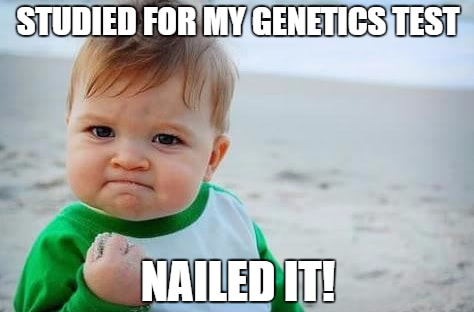
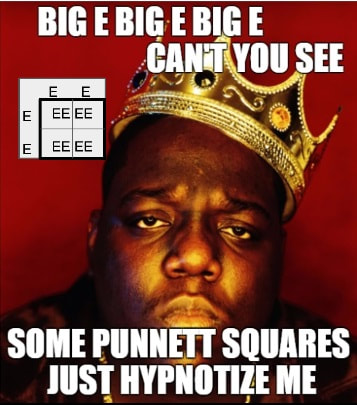
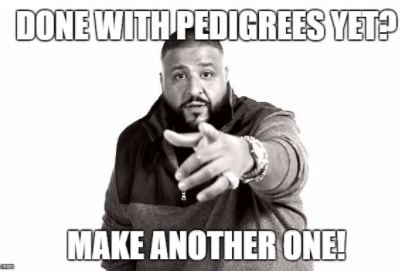
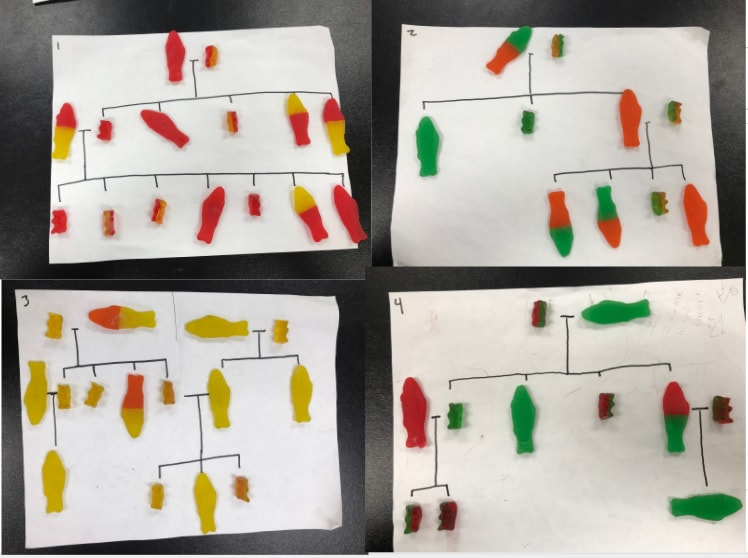
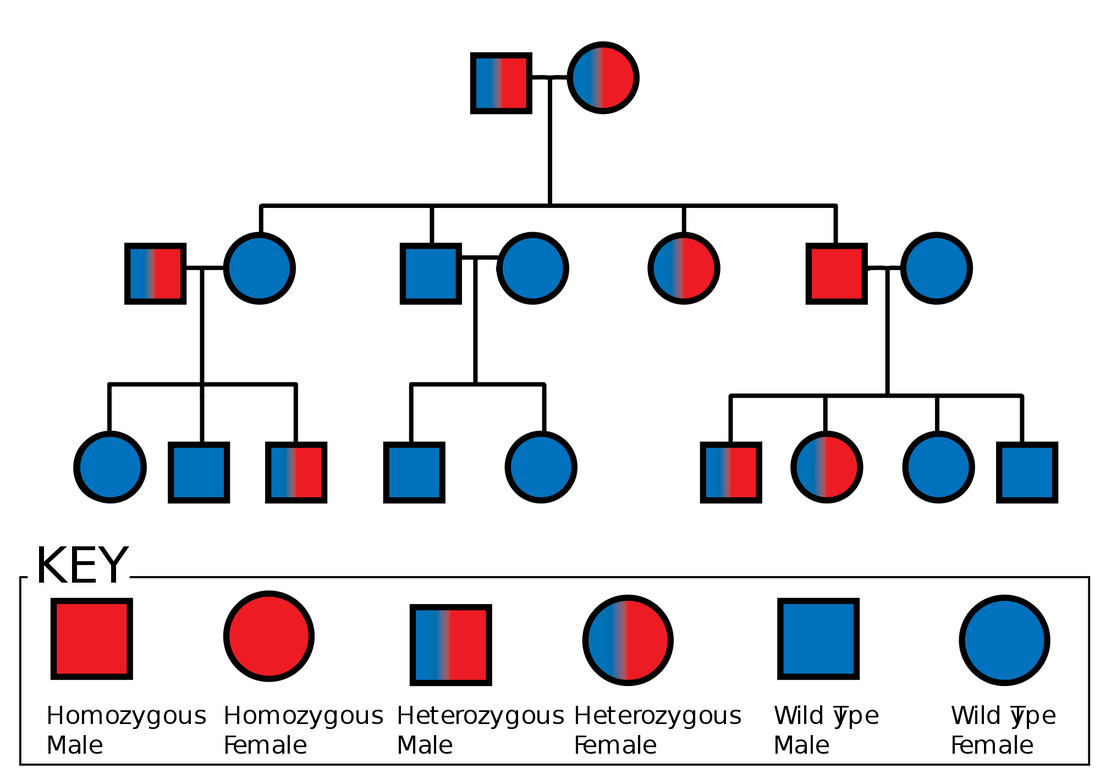
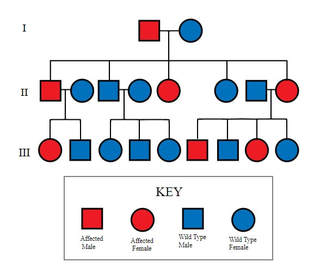
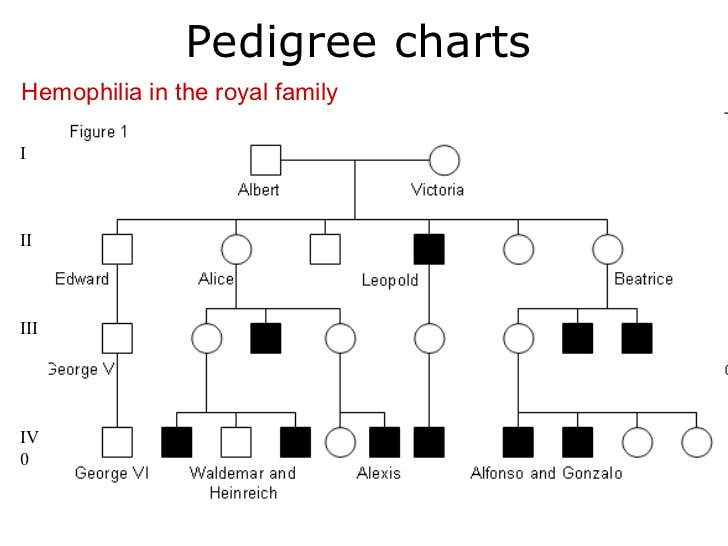
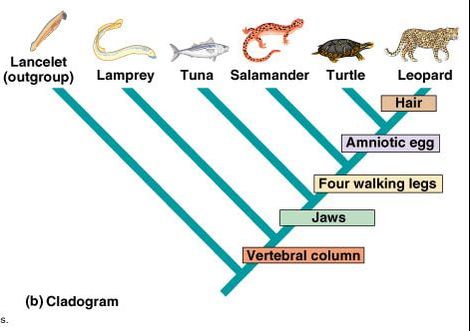

 RSS Feed
RSS Feed